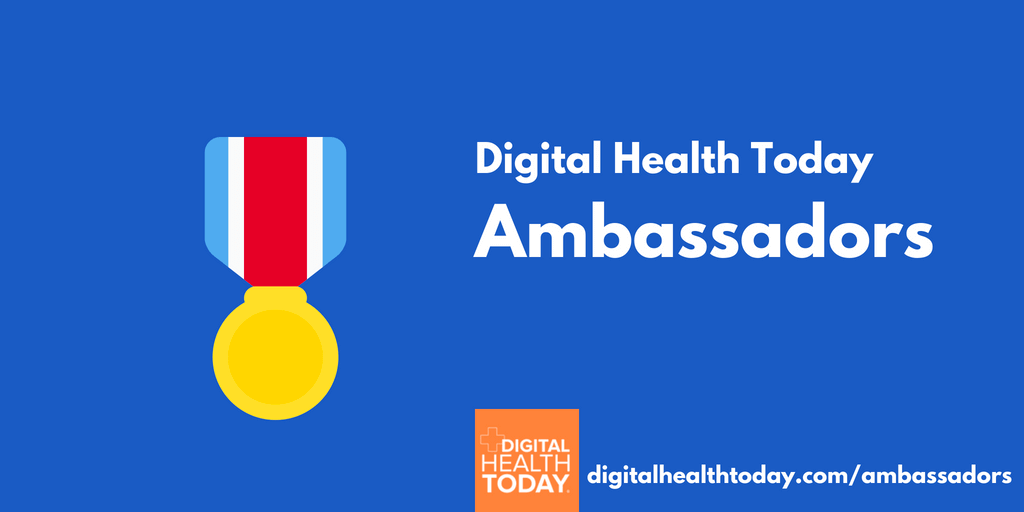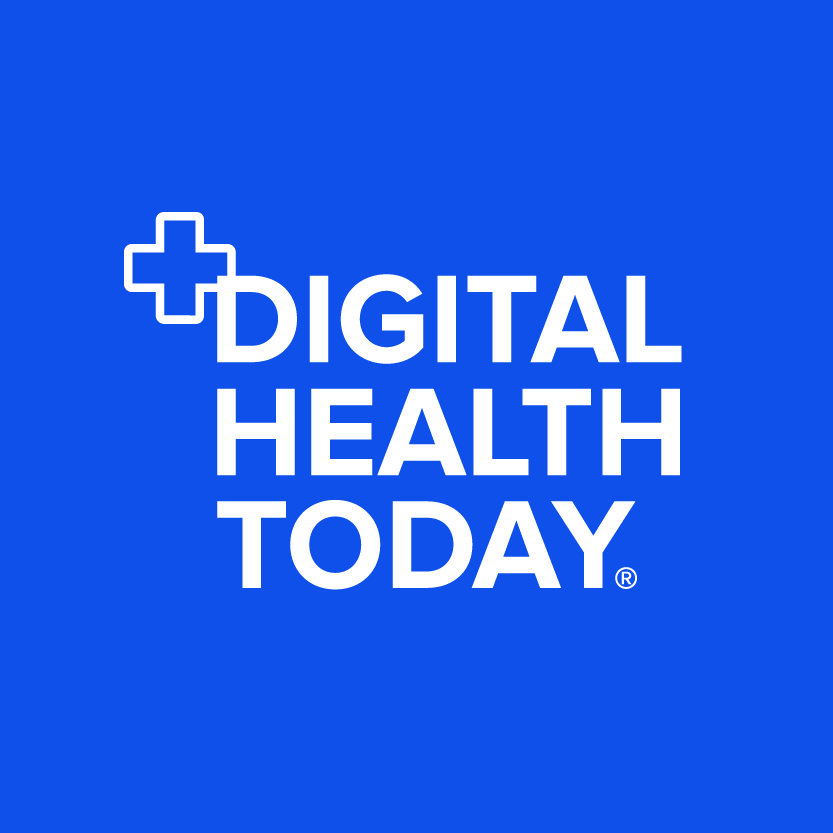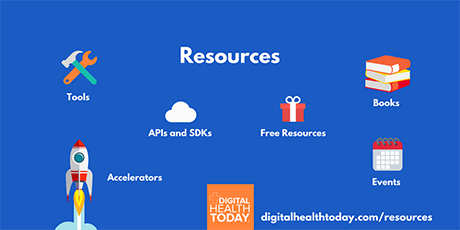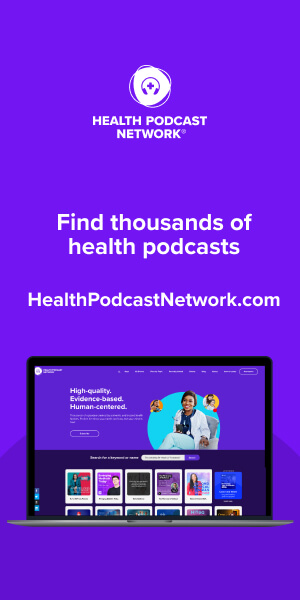Some of the ways in which the COVID-19 pandemic has affected our healthcare system have been immediately and explicitly apparent. Hospitals and ICUs reaching or nearing capacity, foundational changes to safety protocol and procedures, and drastic shifts in patient and family engagement practices were some of the effects that have been most visible inside and outside hospitals and health systems.
But as the U.S. nears 7 million cases of COVID-19, a quieter crisis continues to play out in the shadow of the one that has gripped headlines since the early spring. Although healthcare workers have received much-deserved praise for their strength and resilience in the face of unprecedented challenges, the pandemic is taking its toll on the mental health of those on the front lines.
A recent study from North Carolina State University uncovered some startling findings, revealing the extent to which healthcare workers are at risk for mental health problems like depression during the pandemic. In fact, the study showed that the average healthcare professional reported enough symptoms to be diagnosed with clinical depression. Indeed, a separate meta-analysis of more than 33,000 healthcare workers found a depression prevalence of 22.8% among those surveyed during the COVID-19 pandemic.
Unfortunately, some of them perceive asking for mental health support as a sign of weakness. In addition, healthcare providers are focused on caring for others and often overlook themselves when it comes to attending to their physical and mental health. Both of these challenges persist during COVID-19 and are adding to the number of mental health issues affecting healthcare providers.
Just as it is incumbent upon hospitals and health systems to ensure the highest level of protection and safety standards for healthcare workers, they also have a primary role to play in addressing the mental health crisis affecting frontline professionals – especially as this can affect staff retention, turnover, and most importantly, patient outcomes.
Building a culture of trust
To begin mitigating issues like staff burnout, PTSD, and depression, hospitals and healthcare systems need to build cultures of empathy and trust, where staff members know they can share concerns that will be heard and addressed by leadership. For hospital executives, having a data-driven understanding of what staff members need is more crucial than ever.
Staff rounding is the mechanism through which leaders can understand the evolving concerns of their most valuable resource: their staff. But rounding on staff needs to be more than a one-sided survey distribution. By creating an intentional staff rounding program, healthcare leaders can demonstrate their commitment to proactively listening, identifying, and addressing concerns in real time.
Intentional Staff Rounding
- When staff rounding is intentional, this can engender numerous benefits to the organization:
- A culture of transparency
- Leadership that’s viewed as supportive and approachable
- Stronger relationships among care teams and leadership at all levels
- Genuine recognition of staff effort
- Higher staff retention
- The ability to identify and address systemic trends that affect staff well-being.
Intentional rounding, however, requires foresight and follow-through. It’s important for hospital leaders to design rounding processes that ask the right questions of their staff in an environment that’s conducive to honest and open responses. They then need to follow up with critical analysis that leads quickly to action.
Some key questions to consider in any staff rounding program include:
- What can leadership do to ensure you have everything you need during the day?
- Have you been getting enough rest? Have you been able to care for your family?
- Have you seen or experienced any incidents around safety that you would like to share?
- Do you have the proper hygiene equipment and PPE you need for you and your unit?
- Do you have what you need to manage your patient load?
- Are there any members of the care staff you would like to recognize for exceptional service or performance?
Response options should be structured, but with the option for staff members to provide supplementary information where appropriate. Importantly, responses should be automatically captured to inform real-time decision making and provide actionable insights into opportunity areas at the unit, department, and organizational levels.
Finally, leadership needs to go beyond proactive connection to active listening. Translating staff sentiment to fast action is imperative – not only to bolster staff wellness efforts, but also to quickly address any safety or operational issues flagged during rounding processes.
When hospital leaders show that they hear and respond to staff concerns, they not only increase staff morale, but also enhance retention and stem turnover. The effects spread far beyond individual staff members, however. Engaged and empowered employees at the forefront of a pandemic feel greater confidence and ownership to resolve even the most challenging patient issues, translating into a higher standard of care and, ultimately, better patient experiences and outcomes.





